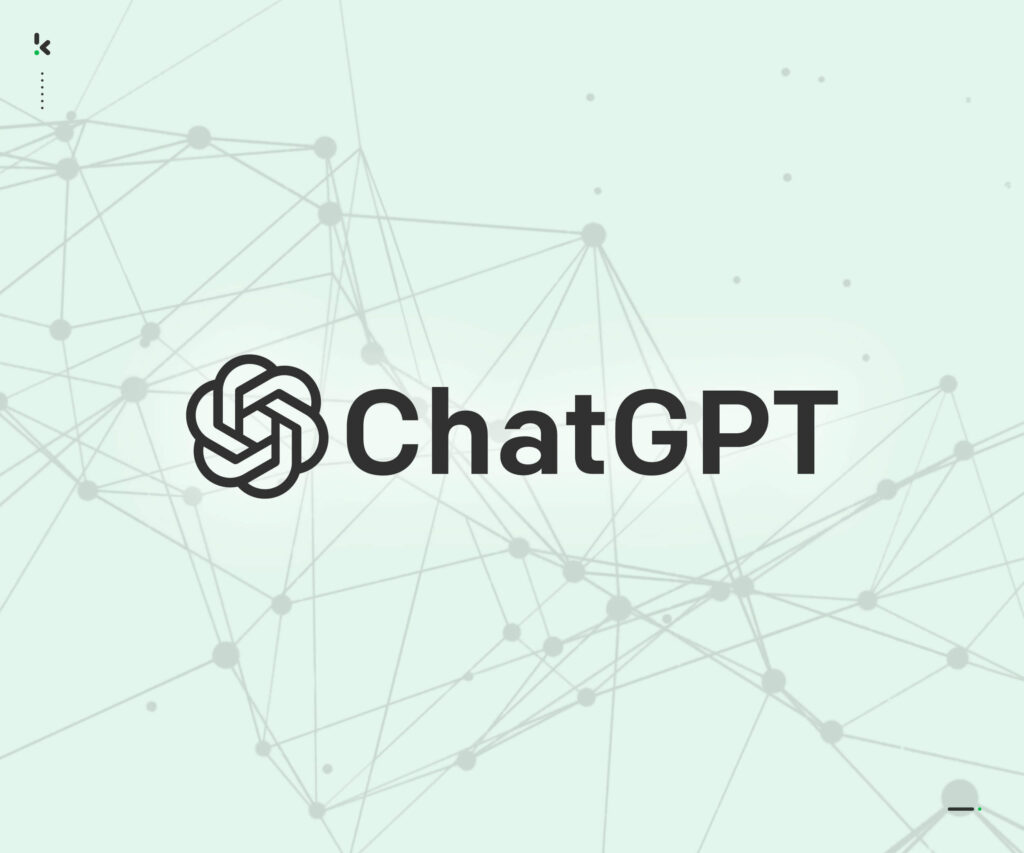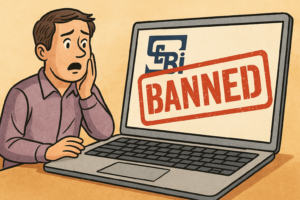In this article, we explore the ChatGPT Business Model to explain and understand how the Business Model of ChatGPT is structured and to learn about how ChatGPT makes money.
In today’s ever-evolving digital landscape, the rise of artificial intelligence (AI) has become a critical driver of innovation across industries. Among the most impactful AI solutions is OpenAI’s ChatGPT, a powerful, cutting-edge language model transforming the way we interact with technology. In this blog post, we will delve into the business model of ChatGPT using Alexander Osterwalder’s Business Model Canvas, discussing the company’s inception, its founders, and the journey that led to the creation of this revolutionary AI tool.
The Beginnings: OpenAI and its Founders
OpenAI was founded in 2015 by a group of prominent tech industry figures, including Elon Musk (Tesla, SpaceX), Sam Altman (Y Combinator), Ilya Sutskever (Google Brain), Greg Brockman (Stripe), John Schulman, and Wojciech Zaremba. United by a shared vision to ensure the responsible development and widespread distribution of AI technology, OpenAI’s founding team set out to create an organization focused on advancing the field of AI for the benefit of humanity.
Committed to a mission of developing artificial general intelligence (AGI), OpenAI sought to create AI systems that could match or outperform humans in most economically valuable work. The founders recognized the potential for AI to transform industries, drive economic growth, and address pressing global challenges. However, they also acknowledged the potential risks associated with the development of such powerful technology. To minimize these risks, OpenAI was built upon a set of guiding principles, emphasizing long-term safety research, technical leadership, and cooperative orientation.
ChatGPT: The Genesis of a Game-Changing AI Solution
As part of OpenAI’s efforts to develop AGI, the company invested heavily in research and development, resulting in the creation of several influential AI models. In 2018, OpenAI unveiled its first iteration of the GPT (Generative Pre-trained Transformer) model, GPT-1, which made significant strides in natural language understanding and generation. This was followed by GPT-2 in 2019, which demonstrated substantial improvements in text generation capabilities, and GPT-3 in 2020, which set a new benchmark for AI language models.
Building upon the success of its predecessors, ChatGPT was developed using the GPT-4 architecture, with its knowledge cutoff in September 2021. By leveraging the power of deep learning, ChatGPT can understand and generate human-like text, enabling users to interact with the AI model in a conversational manner. The versatile nature of ChatGPT has made it applicable to a wide range of industries, from customer support and content creation to programming assistance and data analysis.
Dissecting ChatGPT’s Business Model with the Business Model Canvas
To understand the business model of ChatGPT, we will use Alexander Osterwalder’s Business Model Canvas, a strategic management tool that provides a visual representation of the key components of a business model. The Canvas is divided into nine segments: Customer Segments, Value Propositions, Channels, Customer Relationships, Revenue Streams, Key Resources, Key Activities, Key Partnerships, and Cost Structure. We will explore each segment in the context of ChatGPT to uncover the intricacies of its business model.
- Customer Segments
ChatGPT’s potential customer base is vast and varied, encompassing numerous industries and user groups. Some of the primary customer segments include:
- Businesses: From startups to established enterprises, ChatGPT can be integrated into existing systems to enhance customer support, automate content generation, streamline internal communication, and improve overall operational efficiency.
- Developers: ChatGPT’s API allows developers to build AI-powered applications, tools, and services that harness the language generation capabilities of the model to create innovative solutions for various domains.
- Content Creators: ChatGPT serves as a valuable tool for writers, marketers, and social media managers by generating high-quality content, assisting with idea generation, and improving the overall creative process.
- Researchers and Educators: The AI model can be used to analyze and synthesize information, facilitate research, and support teaching in various academic fields.
- Value Propositions
ChatGPT offers several key value propositions to its customers:
- High-quality text generation: With its advanced natural language understanding and generation capabilities, ChatGPT produces human-like text that is coherent, contextually relevant, and grammatically accurate.
- Versatility: ChatGPT can be applied to a wide range of tasks and industries, enabling users to leverage its capabilities for various purposes, from content generation and code assistance to data analysis and customer support.
- Scalability: The AI model can handle large volumes of text and process numerous requests simultaneously, making it an efficient solution for businesses and developers looking to scale their operations.
- Customizability: ChatGPT’s API allows developers to fine-tune the model to cater to specific needs and requirements, ensuring optimal performance and output quality.
- Continuous improvement: As part of OpenAI’s commitment to advancing AI technology, ChatGPT benefits from ongoing research and development, resulting in regular updates and enhancements to the model’s capabilities.
- Channels
ChatGPT is primarily distributed through the following channels:
- OpenAI’s Platform: Users can access ChatGPT directly through OpenAI’s platform, which offers various subscription plans catering to different customer segments and usage requirements.
- API: Developers can integrate ChatGPT into their applications, tools, and services by leveraging OpenAI’s API, which provides seamless access to the AI model’s capabilities.
- Strategic partnerships: OpenAI collaborates with technology companies, platforms, and service providers to expand the reach of ChatGPT and incorporate the AI model into new and existing solutions.
- Customer Relationships
OpenAI aims to foster strong customer relationships by providing:
- Technical support: OpenAI offers comprehensive technical support, assisting users in integrating ChatGPT into their systems and troubleshooting any issues that may arise.
- Documentation and resources: OpenAI provides extensive documentation, tutorials, and resources to help users understand and utilize ChatGPT effectively.
- Active user community: OpenAI encourages users to engage in discussions, share experiences, and collaborate on projects, fostering a sense of community and collective learning.
- Feedback channels: OpenAI actively seeks user feedback and suggestions, enabling the company to continually improve ChatGPT and address user needs.
- Revenue Streams
ChatGPT generates revenue through a variety of means, including:
- Subscription plans: Users can subscribe to different tiers, each offering varying levels of access, features, and usage limits. Subscription plans cater to both individual users and businesses.
- API usage: Developers are charged based on API usage, with pricing determined by factors such as the number of requests, processing time, and level of customization.
- Licensing and partnerships: OpenAI licenses ChatGPT to partners, who may integrate the AI model into their products and services, generating additional revenue streams for the company.
- Key Resources
ChatGPT relies on several key resources to deliver its value proposition:
- Advanced AI technology: ChatGPT’s core competency lies in its state-of-the-art language model, which serves as the foundation for its text generation capabilities.
- Research and development: OpenAI’s ongoing investment in R&D ensures the continuous improvement of ChatGPT and the development of new AI solutions.
- Skilled workforce: OpenAI employs a team of experts in AI, machine learning, and natural language processing, whose expertise is critical to the success and evolution of ChatGPT.
- Infrastructure: OpenAI’s robust infrastructure, including servers and data centers, supports the seamless operation of ChatGPT and its various applications.
- Key Activities
OpenAI engages in several key activities to deliver on ChatGPT’s value propositions:
- Research and development: OpenAI conducts cutting-edge research in AI, machine learning, and natural language processing to advance the capabilities of ChatGPT and develop new AI models.
- Model training and fine-tuning: OpenAI continually trains and fine-tunes ChatGPT to improve its performance, ensure its relevance, and enhance its functionality.
- Product development: OpenAI develops and maintains the ChatGPT platform, API, and related tools, providing seamless access to the AI model’s capabilities.
- Customer support and engagement: OpenAI provides comprehensive support, resources, and engagement opportunities to ensure customer satisfaction and foster strong relationships.
- Key Partnerships
ChatGPT’s business model relies on strategic partnerships that enable the AI model to reach a wider audience and enhance its capabilities:
- Technology partners: OpenAI collaborates with tech companies, platforms, and service providers to integrate ChatGPT into their offerings, expanding the AI model’s reach and application.
- Academic institutions: OpenAI partners with universities and research institutions to advance AI research, share knowledge, and promote responsible AI development.
- Industry collaborations: OpenAI works with businesses across industries to develop tailored AI solutions and demonstrate the potential of ChatGPT in addressing real-world challenges.
- Cost Structure
ChatGPT’s cost structure is primarily driven by the following factors:
- Research and development: The continuous investment in R&D to advance ChatGPT and other AI models contributes significantly to OpenAI’s expenses.
- Infrastructure: The costs associated with maintaining servers, data centers, and other infrastructure elements are critical to ensuring the seamless operation of ChatGPT.
- Personnel: OpenAI’s workforce of experts in AI, machine learning, and natural language processing represents a significant portion of the company’s costs.
- Marketing and customer support: Expenses related to marketing efforts, customer support, and community engagement activities also contribute to ChatGPT’s cost structure.
ChatGPT, developed by OpenAI, stands as a testament to the transformative potential of artificial intelligence in today’s digital landscape. By using Alexander Osterwalder’s Business Model Canvas, we’ve dissected ChatGPT’s business model, exploring the various components that contribute to the AI model’s success and impact across industries.
As AI continues to advance and reshape the way we live and work, ChatGPT serves as a powerful example of how innovative business models, cutting-edge technology, and a commitment to responsible development can come together to create game-changing solutions for the benefit of humanity.
If you’re a startup founder, submit your startup story for free with us
Did you know? Startups like to use our coworking space in Bangalore
Call +917090977222 to reserve your space at Work Theater
Learn more about our coworking space on our YouTube channel Work Theater Studios where we talk about a variety of topics including personal finance, entrepreneurship, business and life.





2 thoughts on “The ChatGPT Business Model. how does ChatGPT make money?”
Make me a business plan of my milktea shop Part the Business Plan 1. Tittle Page and Contents 2 Executive summary 3. Description of the Business 4- Description of the Product or service 5. Market strategies 6. Analysis of the Competition 7. Operations and Management 8 Financial Data 9. Supporting Documents
Your blog is a real find.